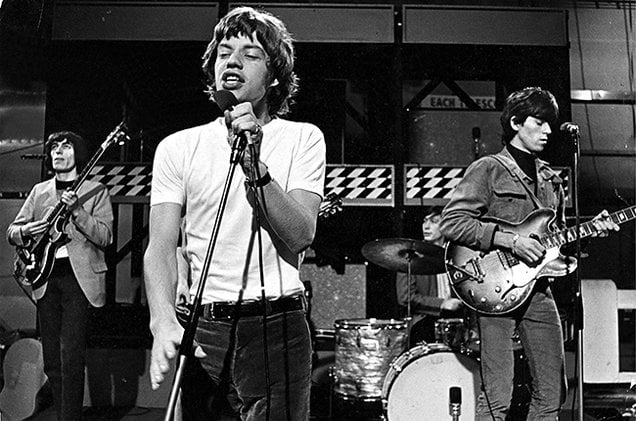- Do you know your monthly income need?
The science always comes first! Do you know how much you are spending every month? This is directly related to how much capital you need to have to retire as a retirement rockstar. If you don’t know this answer, a simple way to calculate this is, what is your current monthly take home pay? This is the amount that is actually deposited into your account each month. Do you have any left over at the end of the month? Are you saving anything outside of your retirement plans? If the answer is no, you’re spending is equal to your monthly take home pay. If the answer is yes, subtract that additional savings number from your monthly take home pay, and that will be your monthly income need in retirement.
- Have you visited with an advisor?
Retirement Rockstars are prepared! Visiting with an advisor can uncover things you don’t know about transitioning to retirement. They can also help you tackle any issues you may face in terms of the consolidation/liquidation of debt, how to structure withdrawals from your retirement accounts, and how to approach many of the issues individuals face in retirement. You don’t necessarily have to have an advisor to be a rockstar in retirement – there are plenty of do-it-yourselfers that are successful, but if you are looking to delegate investment decisions and you’d like professional advice, meeting with an advisor can help.
- Do you know your health insurance options?
Medical expenses in retirement have been sighted as one of the top three concerns individuals have when approaching retirement. Do you know what kind of insurance you will secure after leaving your employer based coverage? Do you know what it will cost? Do you know how that may impact your monthly cash flow needs? These are all important questions you’ll want the answers to before you can officially be a retirement rockstar.
- What do you do with your 401k/403b/457 once you retire?
A plan participant leaving an employer typically has four options (and may engage in a combination of these options), each choice offering advantages and disadvantages
- Leave the money in his/her former employer’s plan. If permitted;
- Rollover the assets to his/her new employer’s plan, if one is available and rollovers are permitted;
- Rollover to an IRA; or
- Cash out the account value
- How much capital do you need to have at retirement to be a Retirement Rockstar?
The answer to this question is truly dependent upon the cash flow you need to make your retirement work. Let’s use an example: If we know that you need $3,000 a month, first we will gross this number up for taxes, making it $3,750. Then, we subtract your fixed income sources (for most people this is social security, for others this may also include any pensions), let’s that that we know you will receive $2,500/month in social security as your only income source. We subtract $2,500 from $3,750 giving us a remainder of $1,250 or $15,000 per year. Using the prudent withdrawal rate of 4%, we would need $375,000 of assets in order to create the $1,250 of monthly cash flow.
Want more information like this?
This is a hypothetical example and is not representative of any situation. Your results and tax bracket may vary.



.png)
